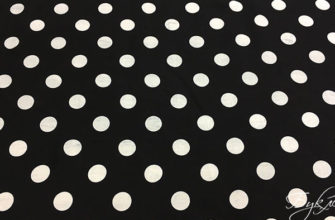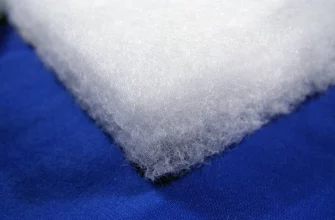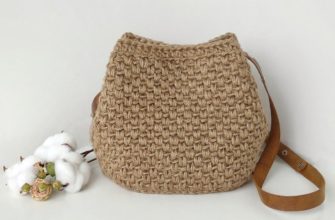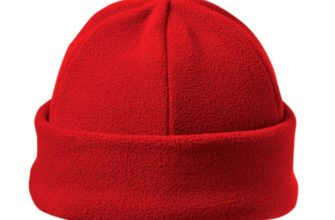What is denim: a dense cotton fabric. To put it simply, it is a material used primarily for jeans. A little less than a century ago, this versatile material was used to make clothes for workers, and now these items are constantly featured on fashion shows.
To understand how to properly wear clothes based on the material, you need to know about denim - what it is and its distinctive features.
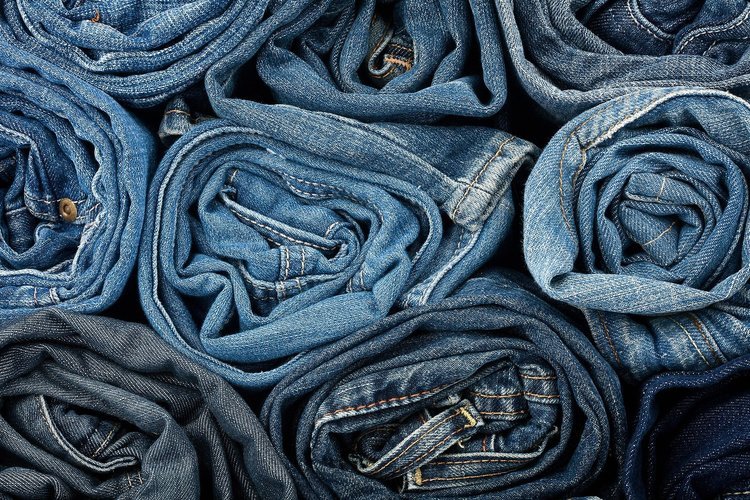
What is denim in clothing
This is a cotton material with a twill weave. The main thread of such a weave is left on the front side, it has an indigo color. The weft thread, which is on the back, is not dyed.
History of appearance
Before you understand a little about denim - what kind of fabric it is, you need to know the history. The first trousers made of this material were prepared by the American entrepreneur Levi Strauss. He helped plantation workers change their rough work clothes to a lighter and more durable fabric.
The laborers quickly liked the new fabric, which reliably protected the skin and body, and also withstood many washes and loads. Unlike leather, denim dried quickly. The first work products were dark gray-beige or brick-brown.
The proposed trousers from Strauss seemed even more affluent, so fashion houses began to come up with new models. And after 10 years, these clothes found their admirers among fashionistas.
In the French fashion industry there is also a definition of the first denim - what does it mean? It is a first-class blue fabric that was used in sewing sails. In French it sounds like "Serge de Nîmes» — "Nimes fabric". Durable and indelible canvas began to be produced by the weaving workshops of the city of Nimes, located in France.
Raw materials for denim production and manufacturing features
Denim is a fabric that is made from different types of cotton:
- Cotton raw material imported from India and Asia. This is a more budget option.
- Gossypium barbadense, this raw material is produced using special technologies and is collected in Egypt, America and Turkmenistan. This is a material with long fiber up to 7 cm. And such raw material has more than 7% of demand in the world.
- A cheap substitute for Gossypium barbadense, a raw material brought from Zimbabwe, today it provides a wide consumer range in denim items.
- Upland cotton is cotton that comes from Columbia. The length of the fibers is 2.5 cm, which allows for a smoother material.
- To produce first-class fabric, Extra Long Staple from the USA is needed. In America, plantations grow such types as "St. Louis", "St. Josem Valley", "Mississippi".
The intense color of denim is achieved thanks to yarn that has undergone a large number of drying and dipping in containers with dye. The branded product, with a shrinkage of no more than 2%, is rolled with rubber rollers under temperature after steam release.
Composition and properties of fabric
Denim is made of natural cotton. The front side of the item is blue, and the back side is white. The material is made mainly using several types of cotton - American and African.
This is due to the fact that American fabric has a higher density, while African fabric has a bright color and is softer. There is also black denim, white and other colors obtained using special dyes.
Like any cotton fabric, this one has an excellent appearance, as well as increased density, resistance to adverse factors. This fabric is quickly washed, does not retain dirt and is smoothed out. A person feels more comfortable when wearing than with denser and more inflexible materials.
Types of material
The fabric has high-grade fibers that are durable and resistant to damage. Denim is difficult to stain or tear.
Separation is made by density and area of use. If it is light clothing and shirts, a fabric with 6-10 ounces is selected. Trousers and outerwear are made with 10-14 ounces.
Denim - what kind of material is it and what types are there:
- Stretch with elastane fibers to make the model fit more closely.
- Jean is a budget type, cotton fibers are partially replaced by viscose and polyester.
- Chambray has a lighter structure, designed for the summer season.
- Broken twill, which has a herringbone weave. Based on the principle of thread weaving, "broken twill" was first used by John Walker for the Wrangler pants company.
- Ecru is the most natural of all, as it has not been dyed.
- Fleece fabric, with the addition of flannel or other base, so that it can be worn in autumn. Interlining and interlining are used as a unifying element.
- Breathable and lightweight fabrics for summer clothes made from cotton and silk threads.
Thanks to the development of the textile industry, various types of fabrics are available to the consumer. The material can be printed with a pattern in the form of transverse and vertical stripes, giving a worn or cooked effect. Classic colors are blue, dark blue and black.
What is the main difference between denim and classic jeans?
Denim and denim are often mistakenly considered identical concepts. But the difference is that "denim" is a group of woven materials.
Jeans are a cotton fabric containing denim, but with its own peculiarities in sewing. It is considered more budget and elastic. During production, two colored threads are intertwined. It is produced on the basis of cheaper cotton. In fact, jeans are a thinner, lighter and budget version of denim. But the denim style is one of the most fashionable.
So, what is sewn from this material?
The fabric became famous half a century ago. Slaves on plantations were not the only ones wearing clothes made of this material for long. Then fashion trends moved on, and stylish and casual trousers for children and adults began to be made from denim. You can also find raincoats, jackets, dresses, sundresses and even shoes made of thick, dense material.
Jeans are the main product. Every year you can find more and more items and clothes based on this fabric, even some types of tents are made of thick denim.
Fabric care
Denim made from natural raw materials shrinks. This means that it is only allowed to wash in warm water on a delicate cycle. It is recommended to wash separately, not to combine with other clothes. After the procedure, the item should be stretched a little, giving it shape manually. This prevents shrinkage.
Dry clothes spread out in the open air or in a well-ventilated room. The use of dryers and other sources of hot air is not recommended.
When comparing different fabrics, denim is quite picky, as it does not tolerate dry cleaning. If chemicals are used, the item may "shrink".
Advantages and disadvantages
The advantages of clothing made of thick cotton are:
- durability and wearing time;
- natural composition and lightness;
- air leakage;
- hygroscopicity;
- attractiveness;
- versatility;
- convenience;
- maintaining shape without damage;
- quick recovery after washing.
But there are also the following disadvantages:
- You can't wash a new item with other fabrics, as the indigo color may run. This happens less often with black clothes;
- If not properly cared for, it may shrink.
Denim is one of the versatile fabrics that can be found in every wardrobe. It is an inexpensive option that is suitable for both summer wear and winter in some cases.

